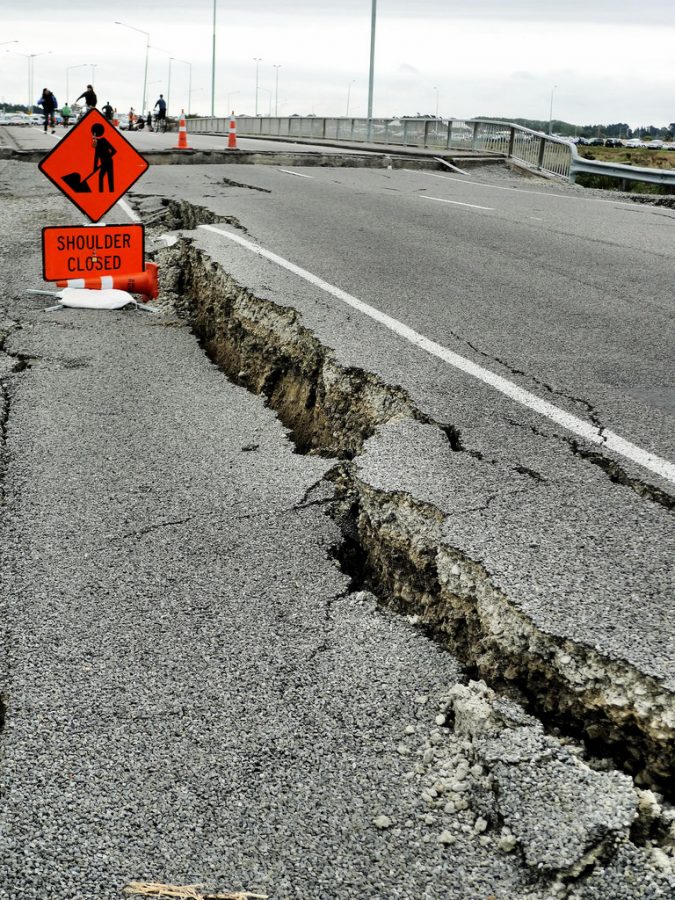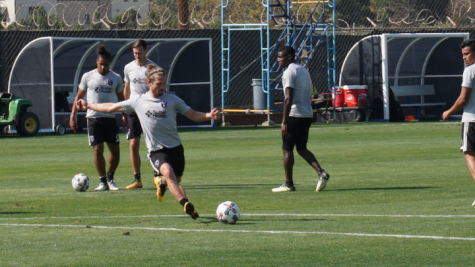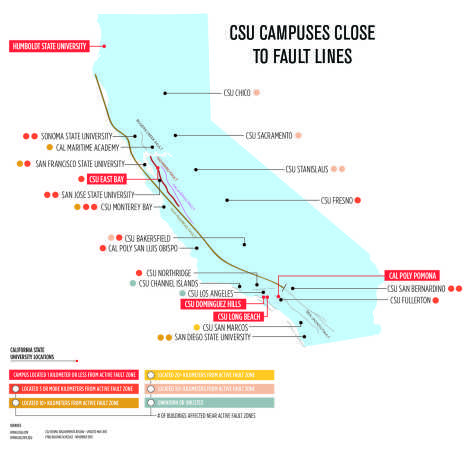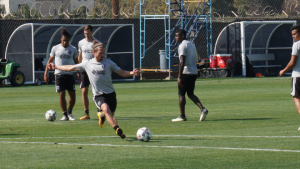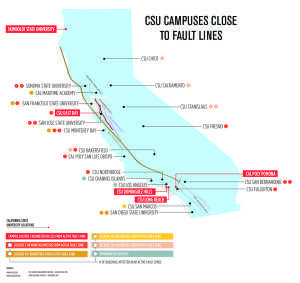Berkeley earthquake rattles Bay Area: Is CSU East Bay seismically safe?
January 24, 2018
At 2:39 a.m. on Jan. 4, a magnitude 4.4 earthquake occurred in Berkeley that shook most of the Bay Area. On Tuesday night, two back-to-back earthquakes struck the Bay Area again.
As a student in my fifth year at California State University, East Bay, the earthquake was a reminder that the Hayward campus “lies on a large block of material that’s a piece of ocean floor that is bound on the westside by the Hayward fault and on the eastside by the Chabot fault,” according to CSUEB geology professor, Luther Strayer.
After the demolition of CSUEB’s Warren Hall in Jan. 2013, Meiklejohn Hall took the mantle of the most seismically unsafe building in the CSU system, according to a 2015 report by the CSU Seismic Review Board.
Meiklejohn Hall was built in 1968 and designed by renowned architecture company Skidmore, Owings & Merrill of San Francisco, which was also responsible for buildings such as the NATO Headquarters in Belgium and Oakland Coliseum.
CSUEB’s newspaper, The Pioneer, operates out of the Meiklejohn Hall basement. As a communication student and staff writer for The Pioneer who spends most of their time in Meiklejohn Hall, this is concerning. The building shows obvious signs of age. There are holes in the ceilings, poorly working or unoperational water fountains. There was even a sewage flood that occured in April 2017. There are many buildings on campus that are as old as the university itself with Meiklejohn Hall being the second oldest building behind Robinson Hall, which is home to the theatre and dance department.
Meiklejohn Hall may have visual signs of wear but Simon Lam, interim associate vice president of Facilities Management for the CSU system, told The Pioneer, “Meiklejohn Hall is a four-story, poured in place, reinforced concrete building with an interior shear wall system.” A shear wall system is a set of concrete walls placed perpendicular to key points of the building to resist lateral movement.
“The construction of Meiklejohn Hall is in compliance with the California State University Seismic Requirements and the California Building Standards Code,” said Lam.
The Hayward Fault has not had a large earthquake since 1868, but it is still referred to as a “ticking time bomb” by the United States Geological Services website. With these aspects in mind, it is difficult to feel safe in a building like Meiklejohn Hall. It is not a realistic solution to try to remodel such an old building to meet modern earthquake safety standards. Exemplified by Warren Hall in 2013, it was cheaper for the university to demolish it and build a new administration building instead.
Although the company that designed Meiklejohn Hall is known for quality work and the CSU system reassures students that the building is up to code, students like myself see the underequipped aspects of the university through the decaying interior of its buildings more regularly than those in administration. Although I am graduating soon, I hope to see more effort put towards campus infrastructure and safety for future students and faculty.




